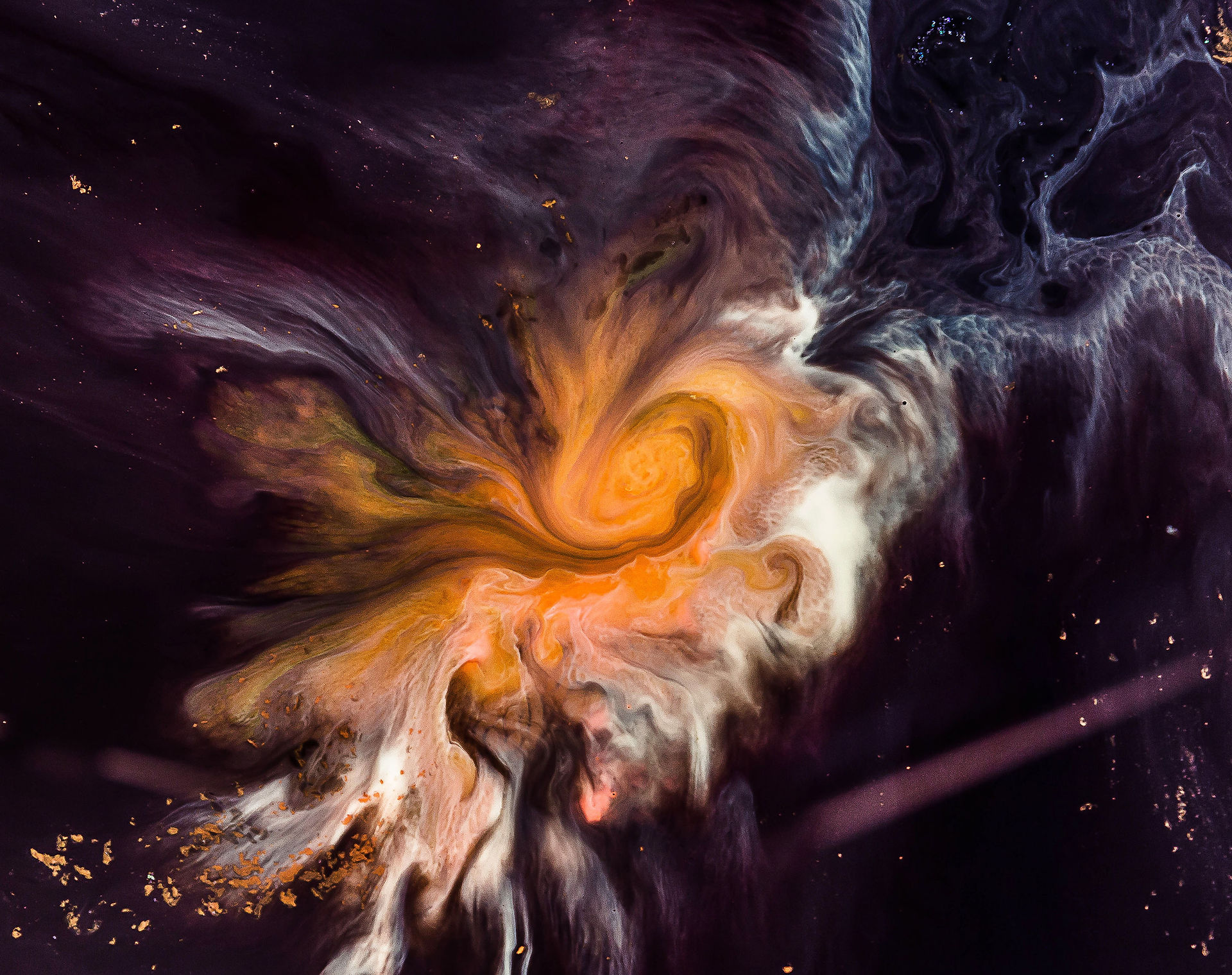
Create Your First Project
Start adding your projects to your portfolio. Click on "Manage Projects" to get started
Women Scientists Who Made Nuclear Astrophysics 2021 Calendar
Project Type
Outreach
Date
December 2020
Location
United Kingdom
I was very proud and very happy to be part of the efforts to make a great calendar that showcases amazing women who were crucial for making Nuclear Astrophysics what it is today. Most importantly I worked on translation of the calendar to Serbian language.
Download and print your language version (24 languages available!) from this page.
Where do the chemical elements from carbon and oxygen, to iron and lead that make up our world and ourselves come from?
As William Fowler put it when receiving the Nobel prize in 1983, “All of us are truly and literally a little bit of stardust”. This is because much of what we are made of is produced inside stars where high temperatures and densities cause nuclear fusion reactions that produce heavier and heavier elements.
The quest for the origin of the chemical elements involves theoretical and experimental nuclear physics, observational astronomy, astrophysical modelling, and cosmological theory because it combines expertise on both the nuclear reactions themselves and the astrophysical sites where these reactions happen. This is called Nuclear Astrophysics.
Women scientists have been an essential part of the development of Nuclear Astrophysics, having made tremendous contributions in the form of astronomical observations, visual and spectroscopic identifications, star classifications and catalogs, prediction, and discovery of stellar objects, design and construction of instrumentation, theoretical and experimental discoveries of nuclear materials, physical explanations, mathematical derivations, and chemical interpretations of all things — galactic and beyond.
To celebrate these achievements throughout the next year 2021, twelve outstanding women who helped to develop Nuclear Astrophysics are remembered in calendar format. Christine Hampton, who designed the calendar, explains: “With this calendar, we want to present role models to encourage young people to choose Nuclear Astrophysics as their career path and to educate everyone about the significant impact women have made and continue to make in the development of Nuclear Astrophysics.”
“Via an outstanding team effort promoted by the COST ChETEC Action we have translated the calendar into 24 different languages” Maria Lugaro, the project coordinator adds: “In this way people from many different countries can enjoy it.”
The main sponsors of the project are the COST ChETEC Action (CA161167, chetec.eu, Chemical Elements as Tracers of the Evolution of the Cosmos), the Join Institute for Astrophysics (JINA-CEE) in the USA, and the IReNA International Network for Nuclear Astrophysics.

